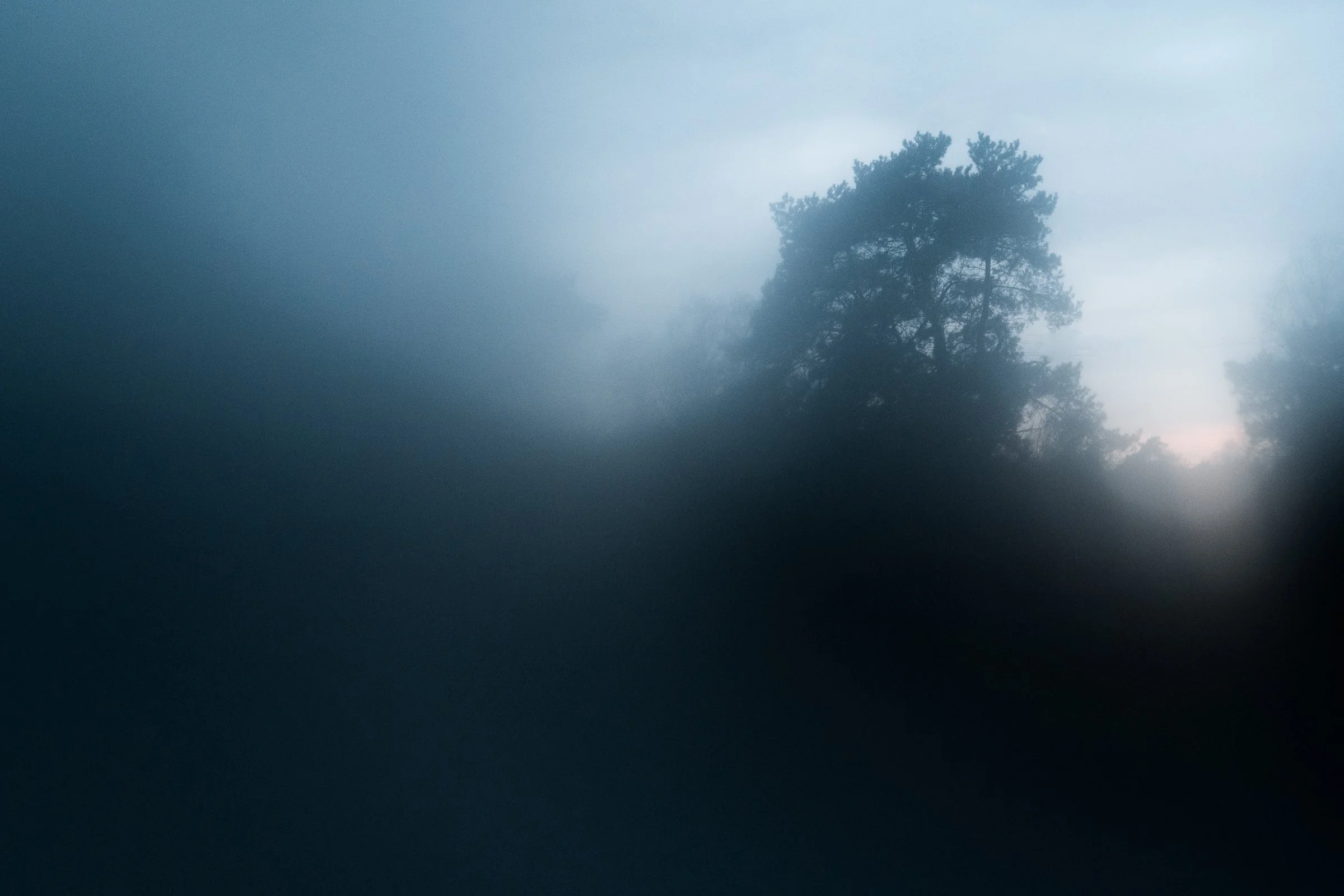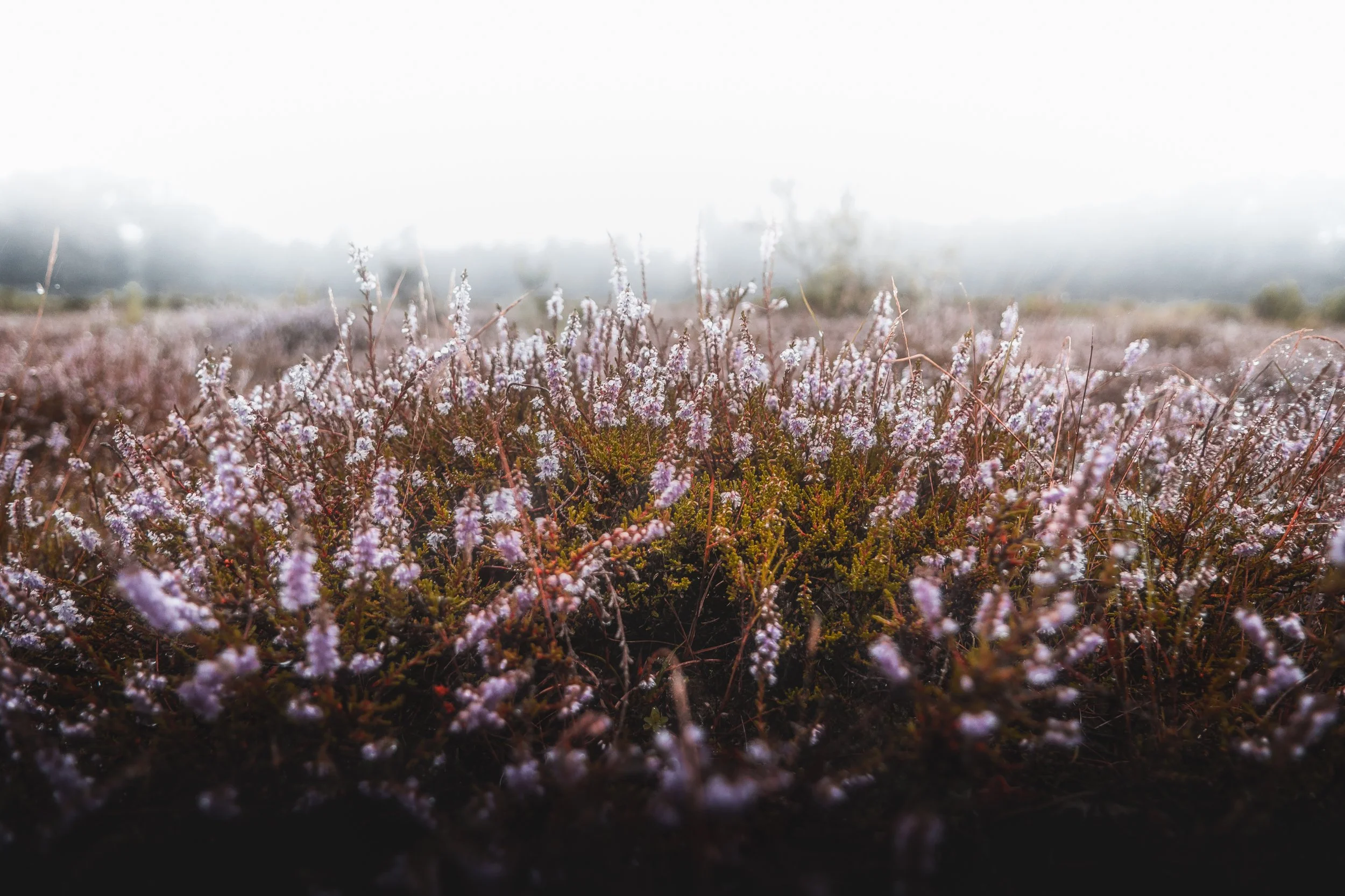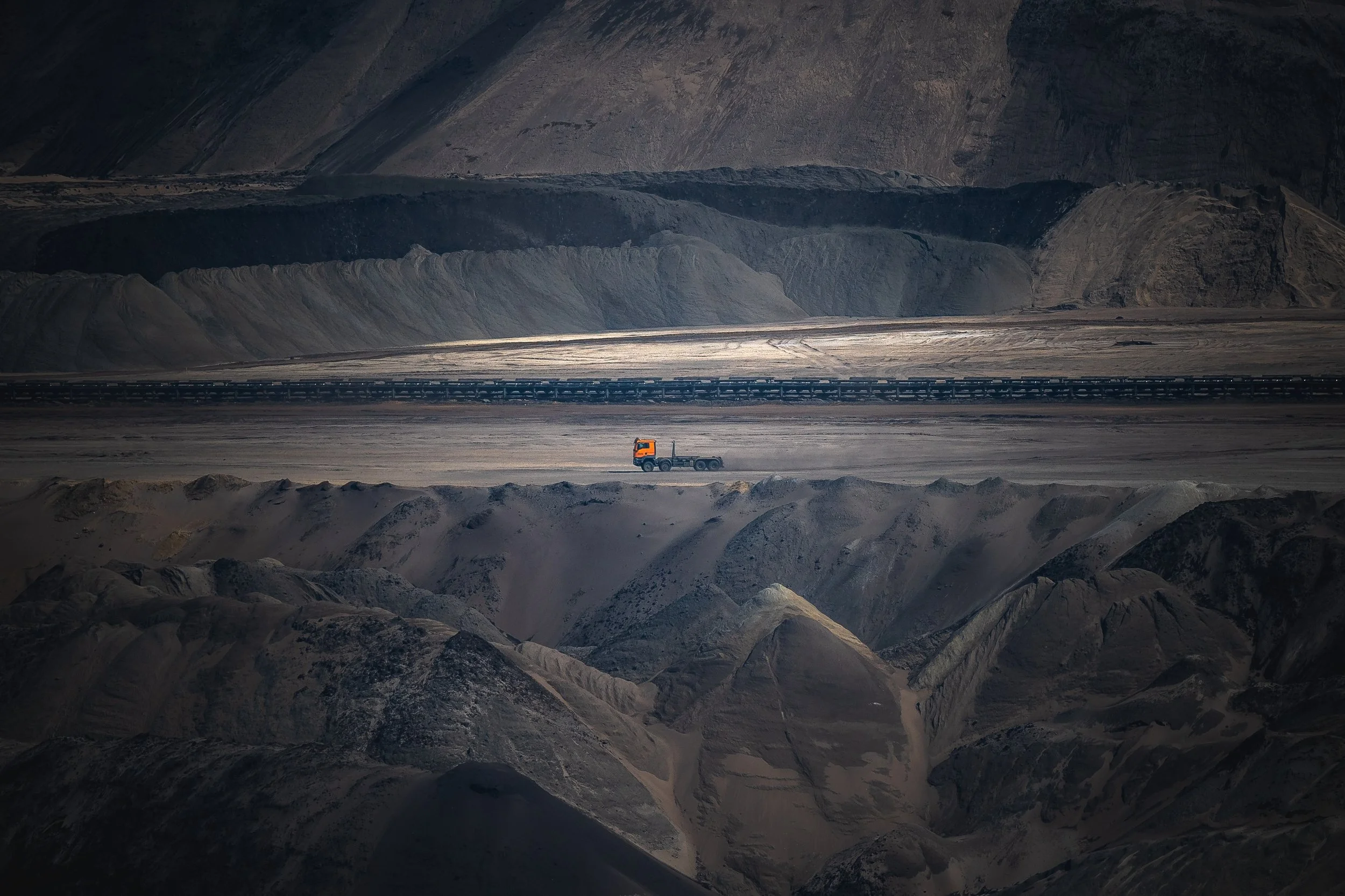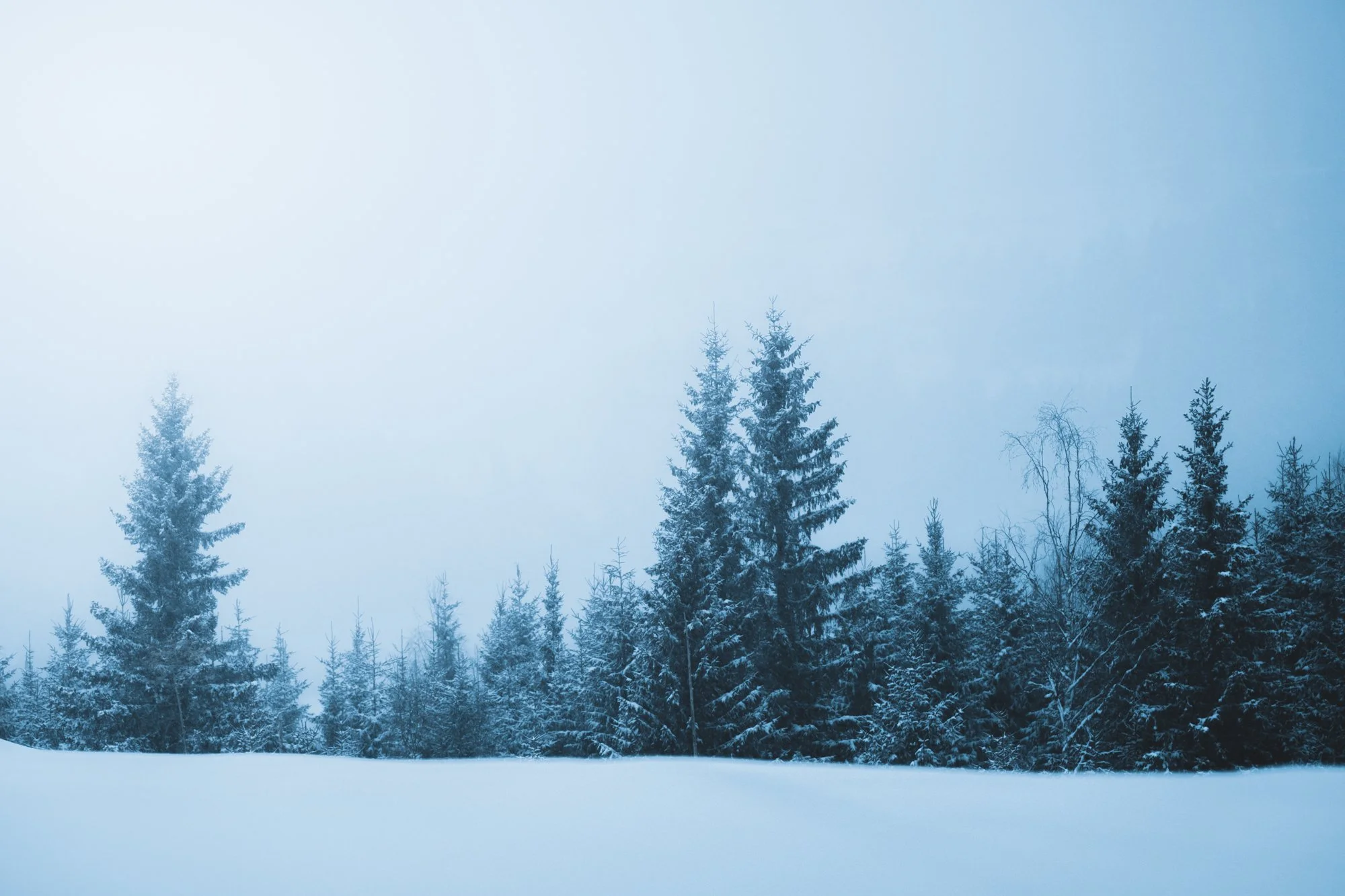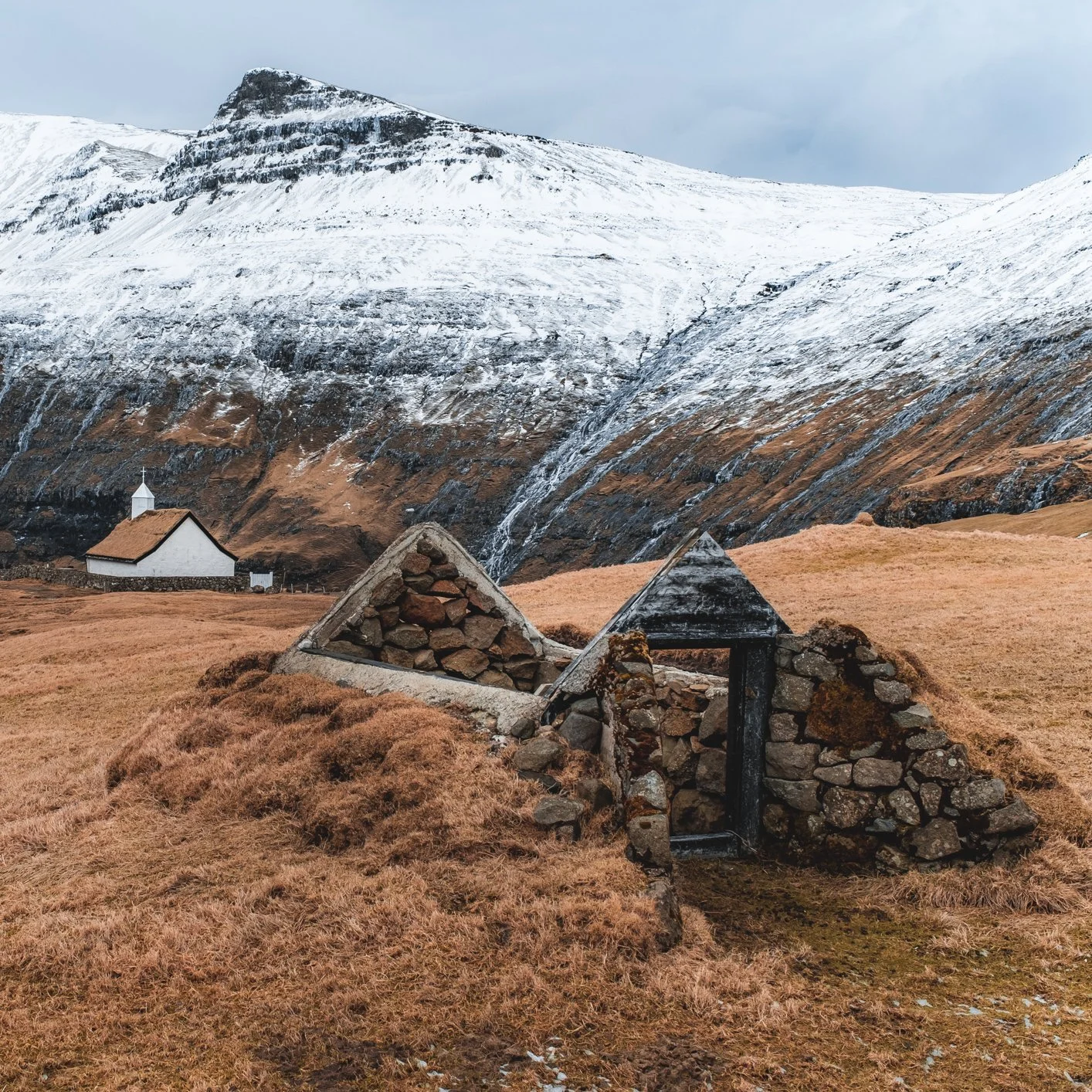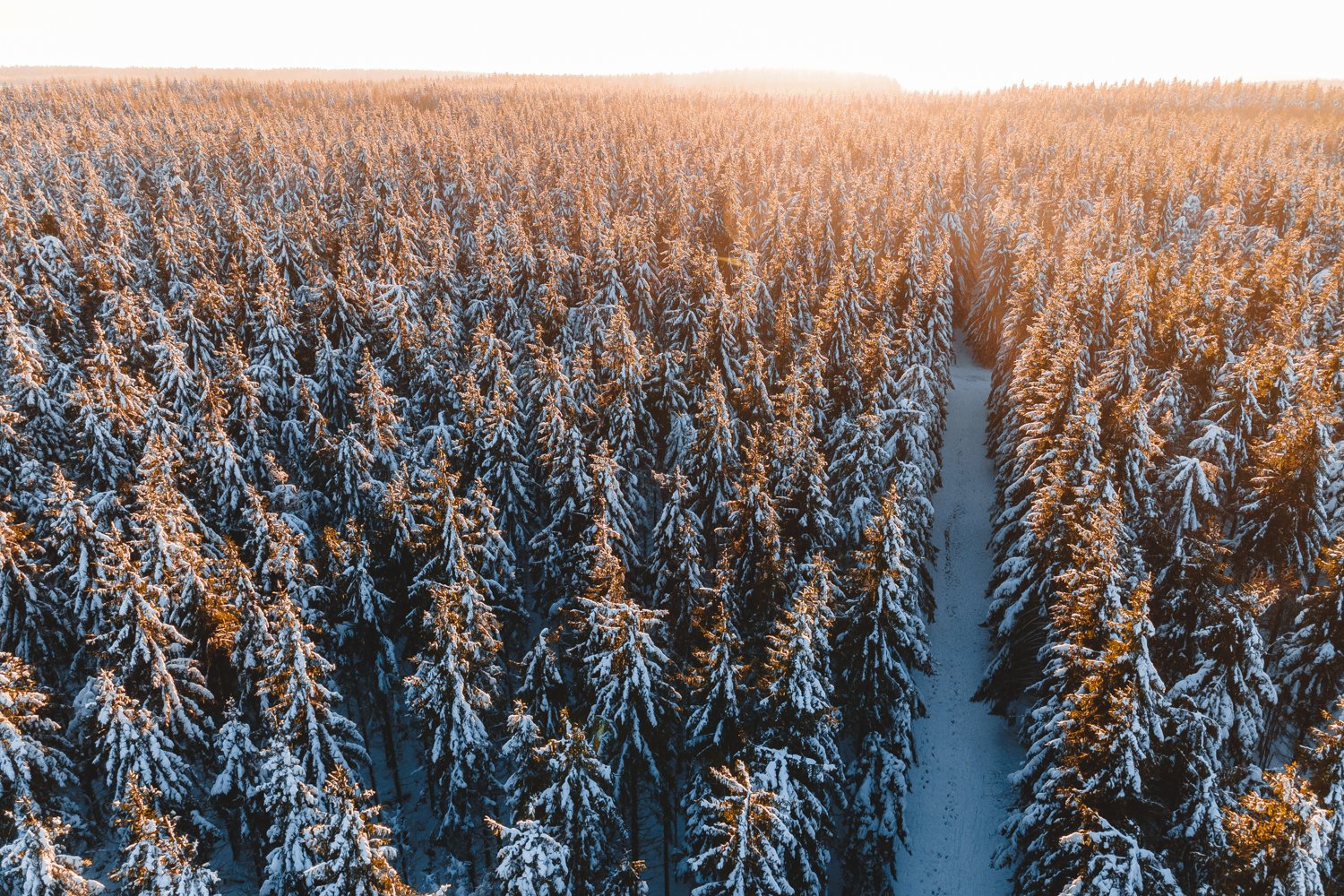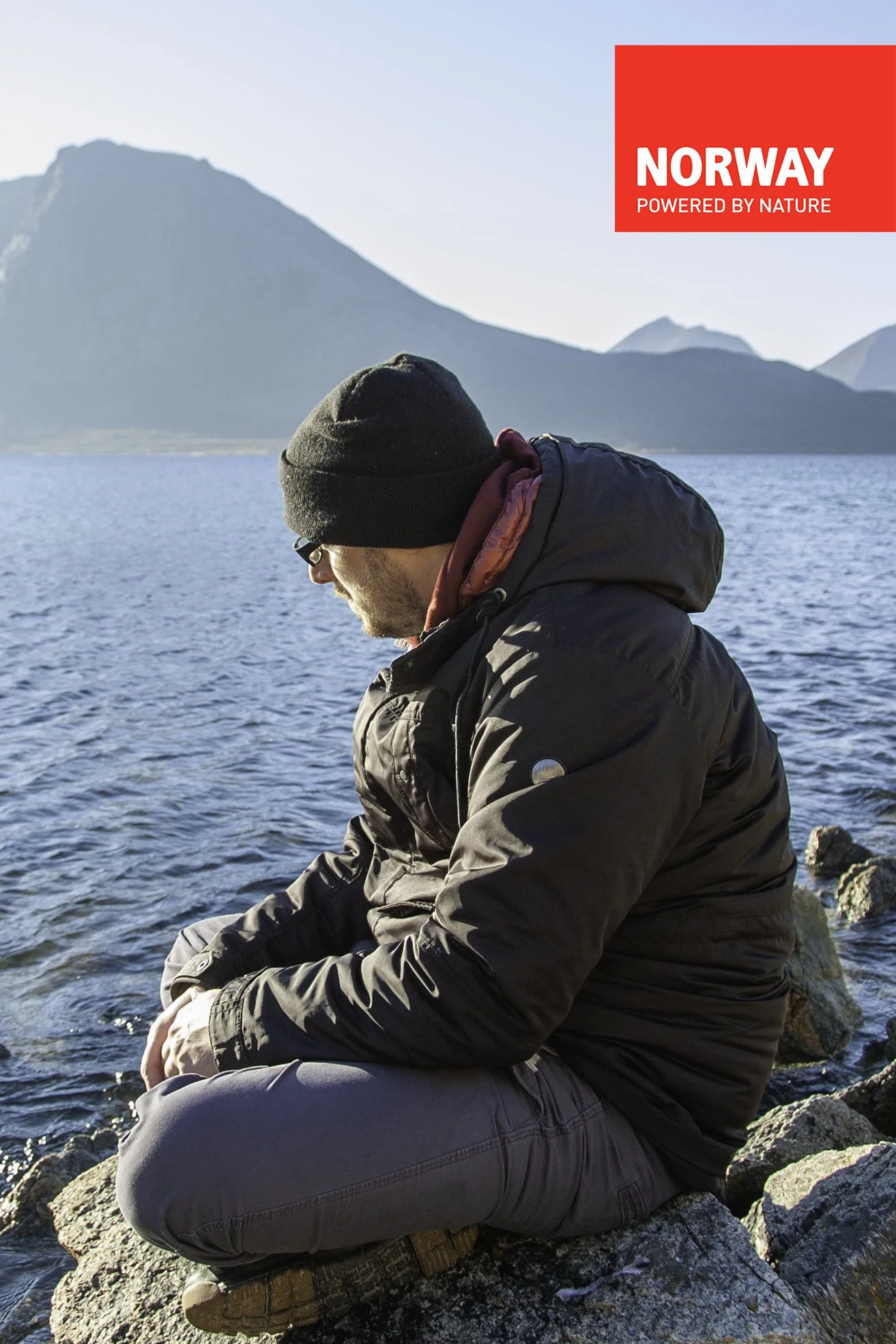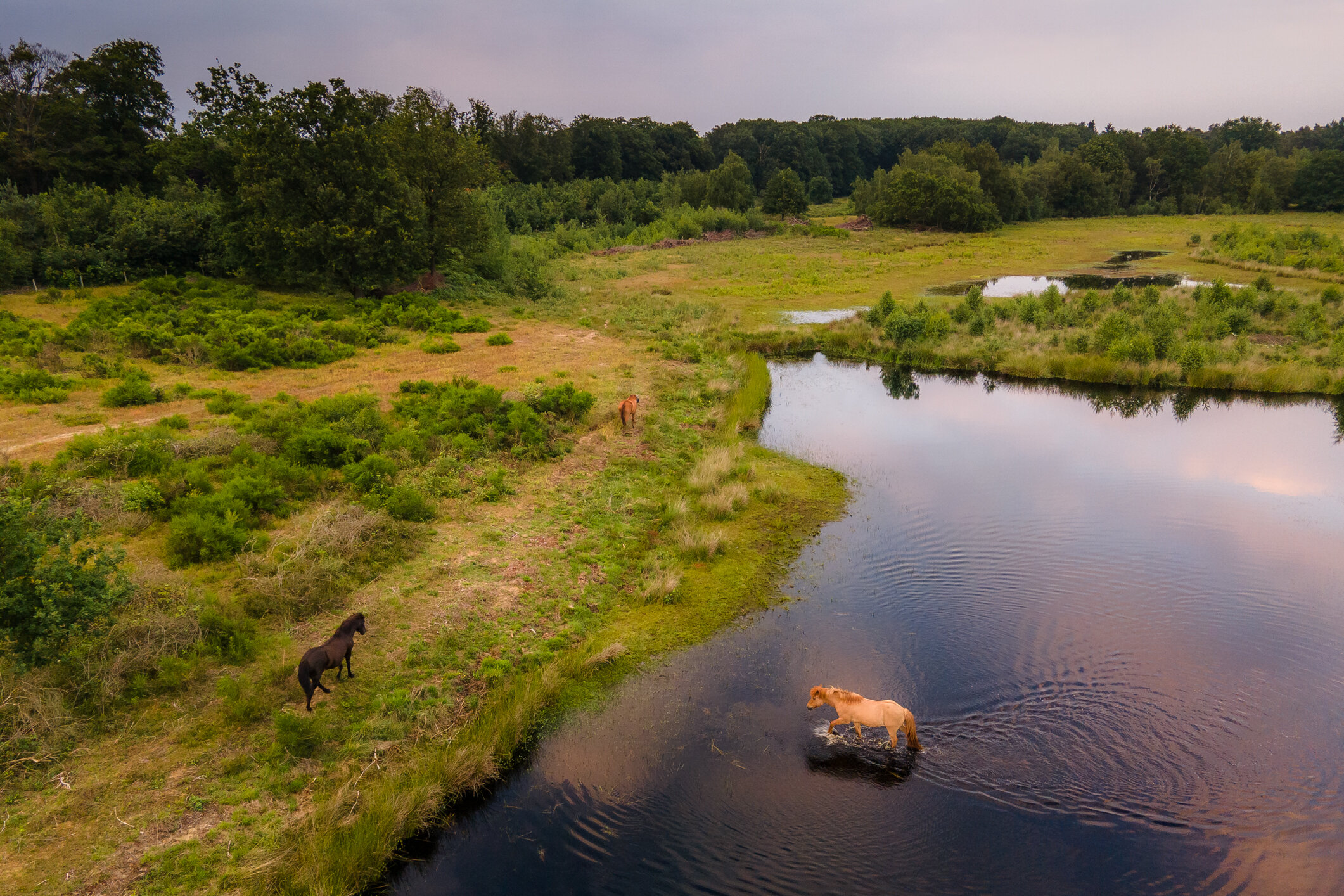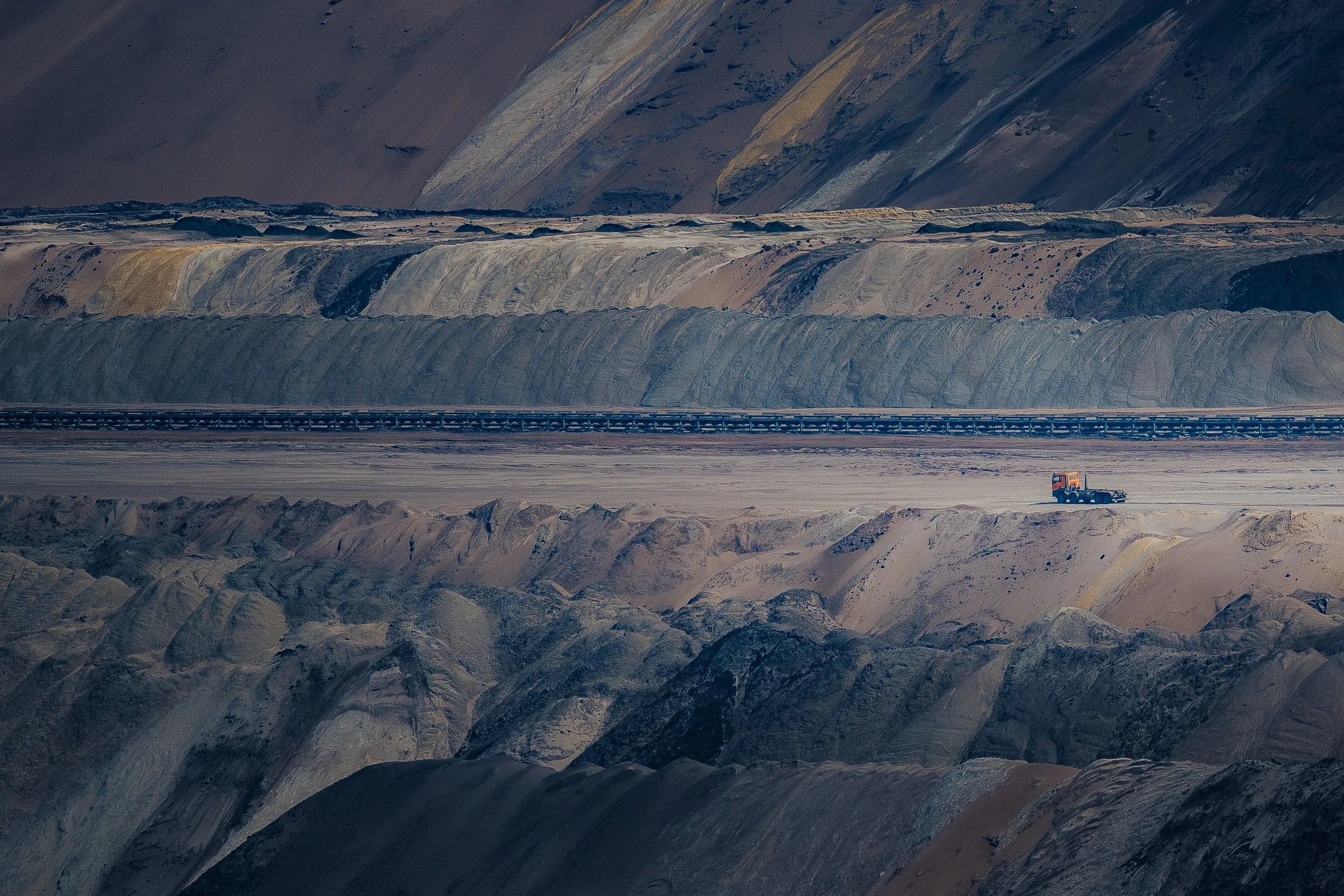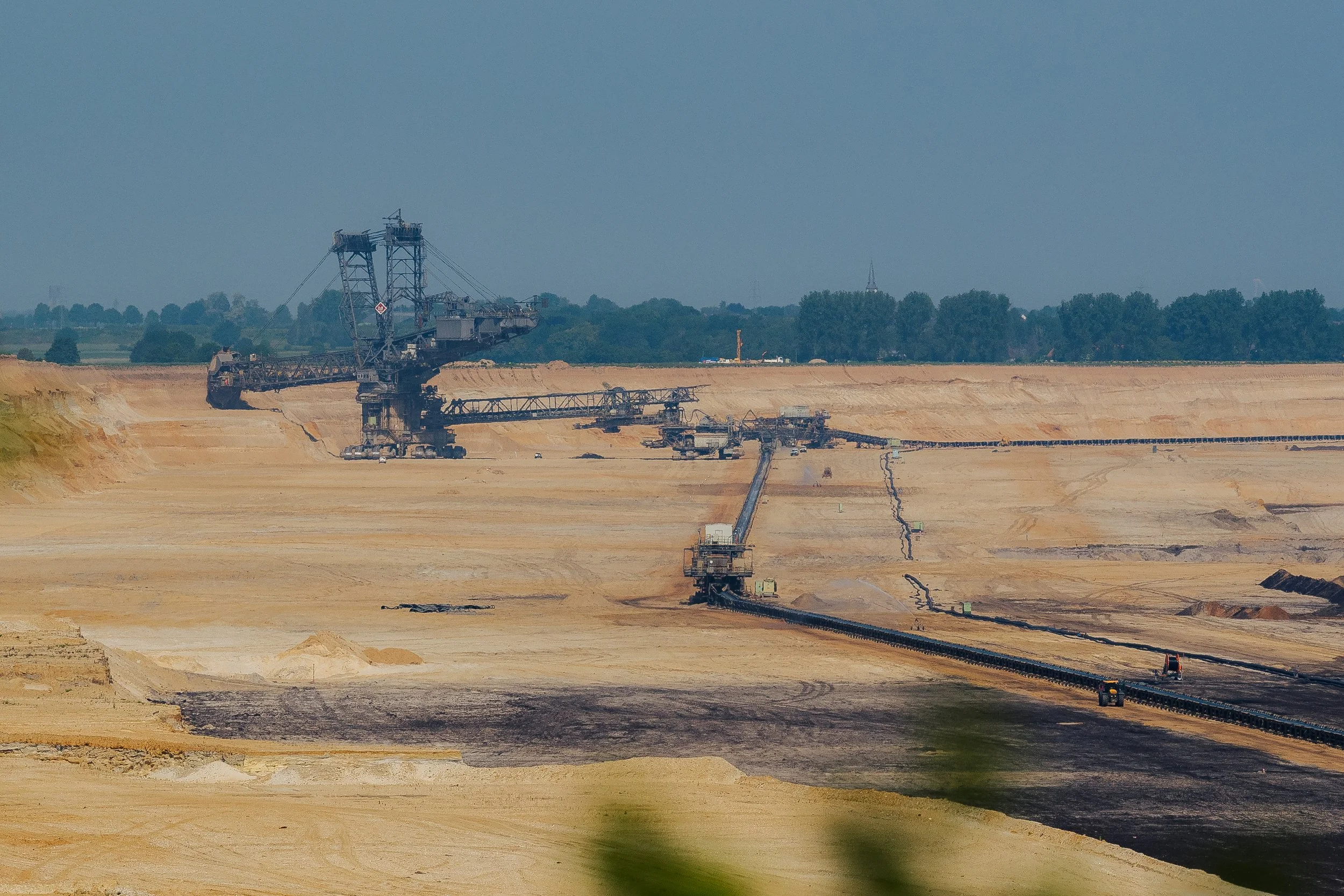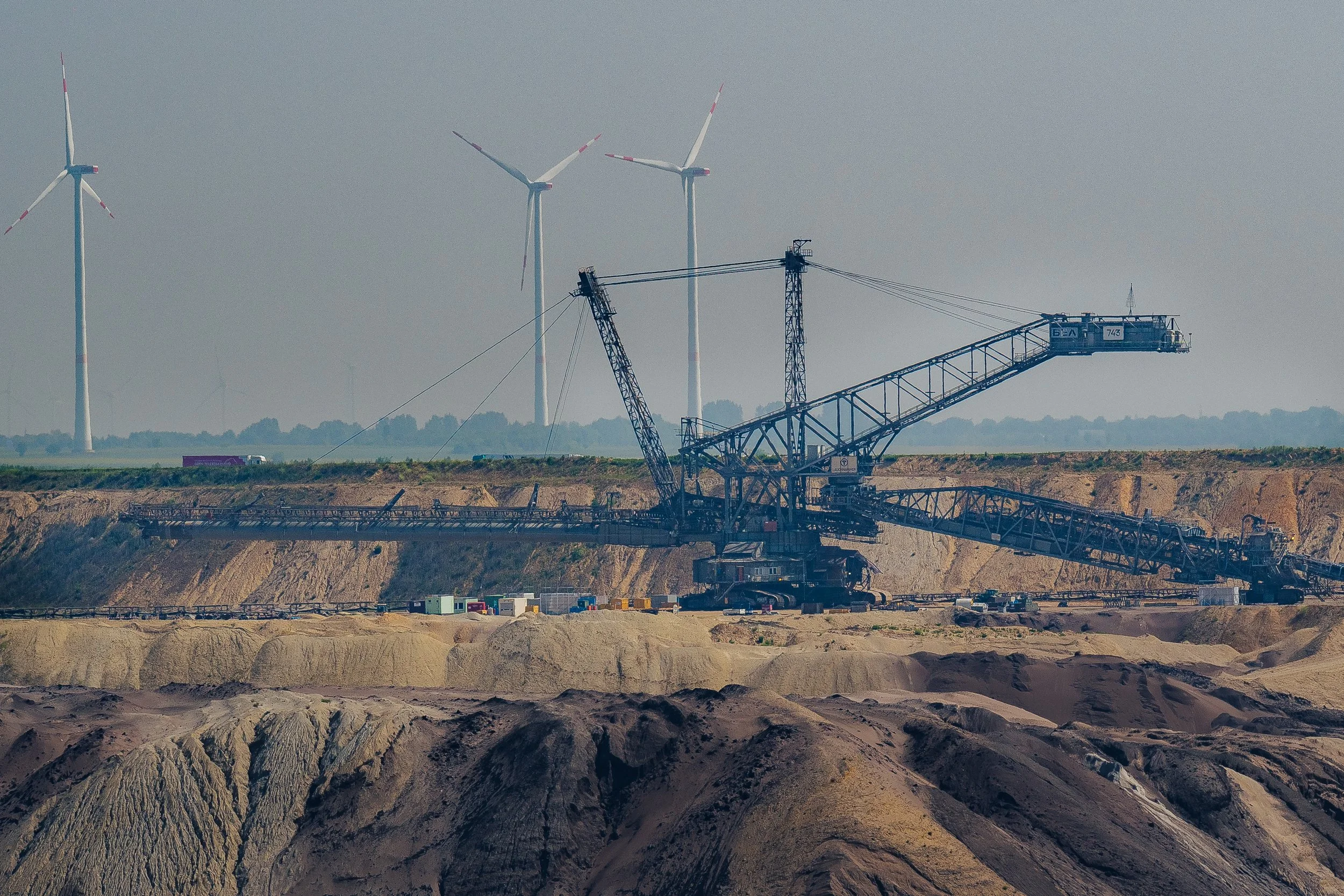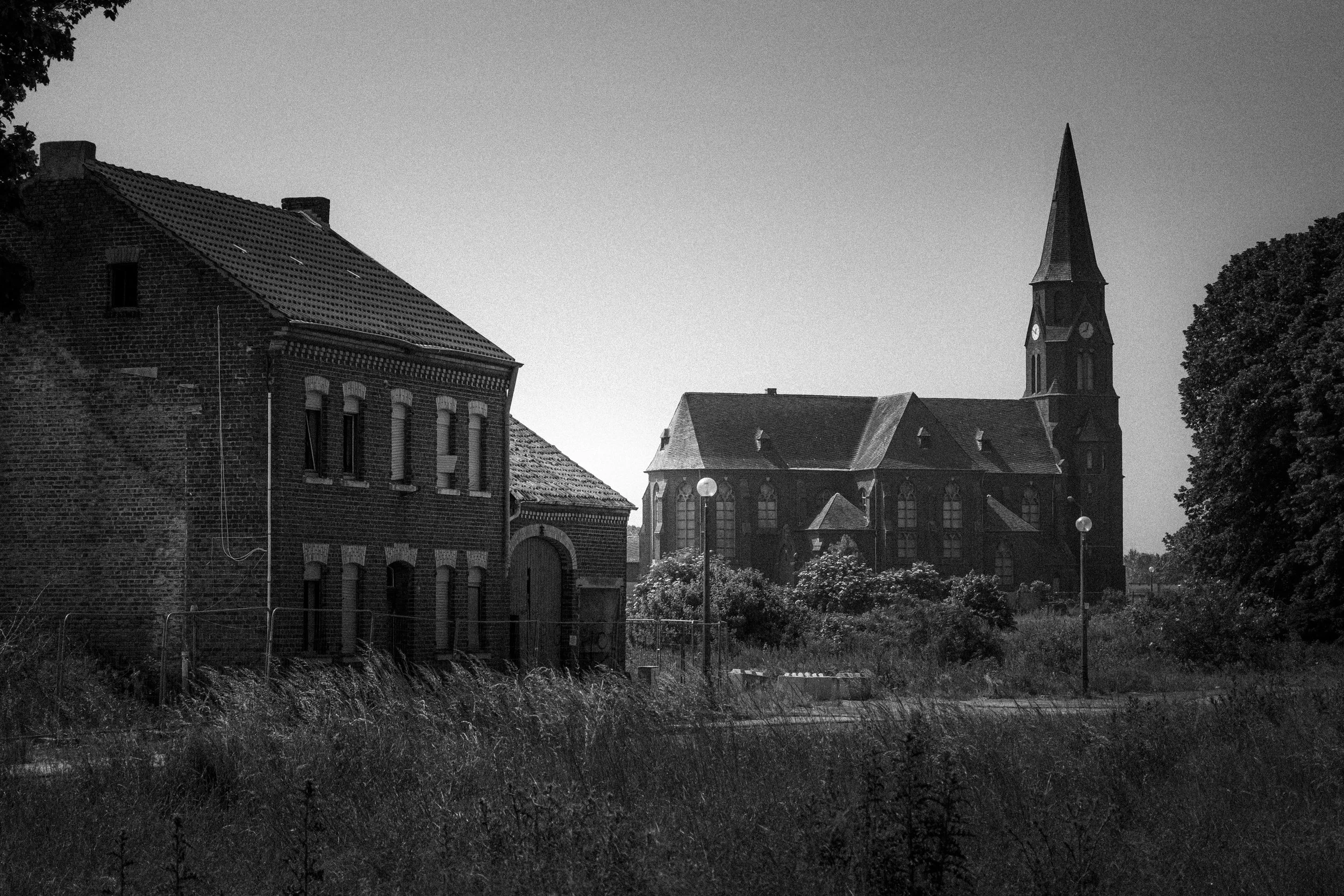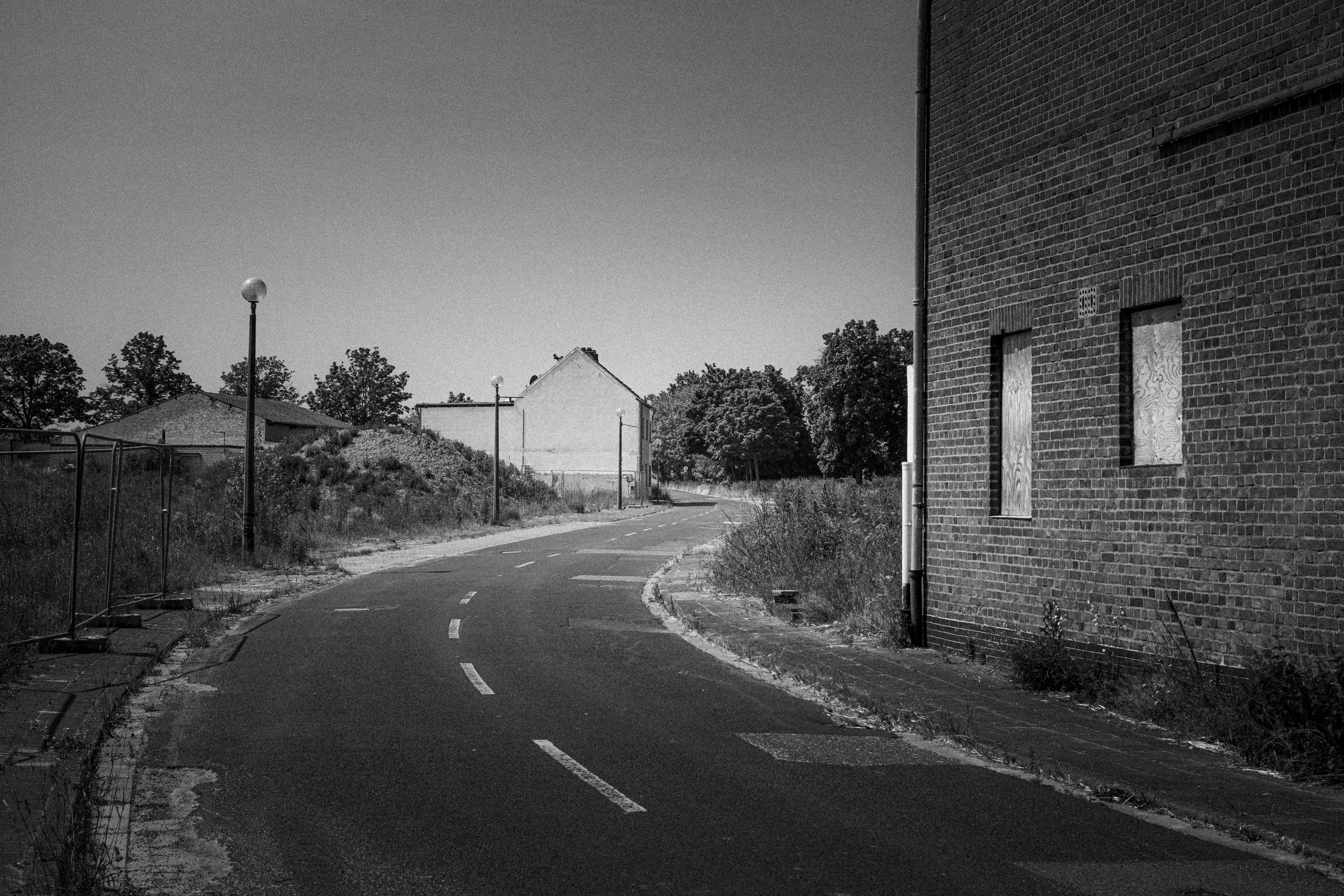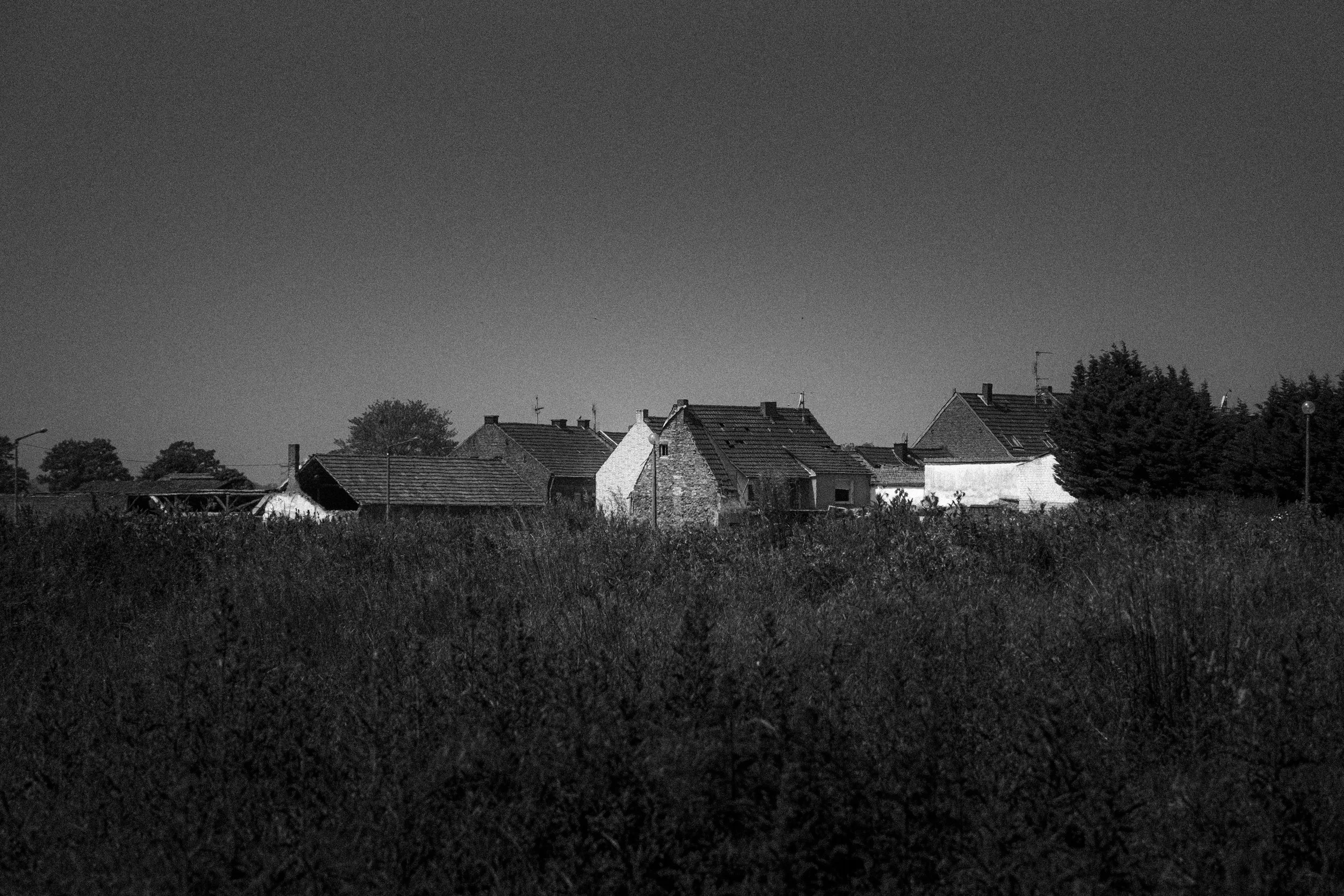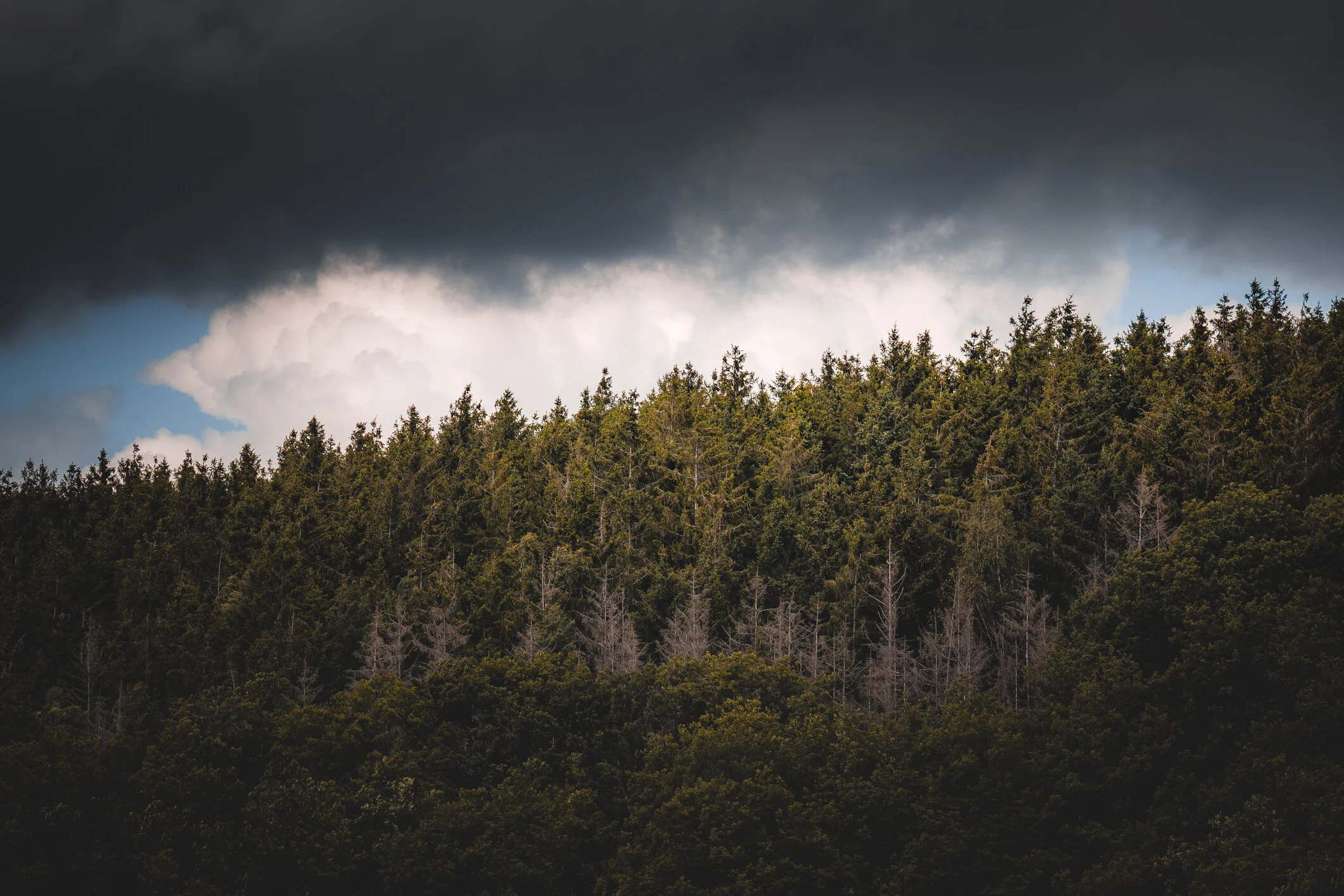Garzweiler is a large open-pit lignite coal mine located in Germany. Situated in the state of North Rhine-Westphalia, near the towns of Grevenbroich and Bedburg, Garzweiler has been a prominent symbol of the country's energy industry for decades. The mine is operated by RWE Power AG, one of Europe's leading electricity and gas companies.
Covering an area of approximately 48 square kilometers, Garzweiler is one of the largest open-pit coal mines in the world. Its vast scale and impressive machinery make it a truly remarkable sight. Enormous excavators, known as bucket-wheel excavators, tirelessly dig into the earth, extracting lignite coal—a type of brown coal that is used for electricity generation.
A truck in a almost desert like landscape inside of the Garzweiler coalmine
However, the operation of Garzweiler has not been without controversy. The mine expansion has resulted in the displacement of entire villages and the destruction of valuable agricultural land. It has also drawn criticism from environmental activists and local communities concerned about the ecological impact and contribution to greenhouse gas emissions.
In recent years, Germany has been transitioning towards renewable energy sources and phasing out coal-fired power plants to combat climate change. As a result, the future of Garzweiler and other similar coal mines is uncertain. The German government has set targets to close all coal mines by 2038 and has been working on plans for the just transition of affected regions.
Despite the debates surrounding its existence, Garzweiler remains an important symbol of Germany's industrial heritage and the challenges faced in transitioning to a more sustainable energy future. It serves as a reminder of the complex trade-offs involved in balancing economic development, energy needs, and environmental considerations.
The Hambach coal mine is another significant open-pit lignite coal mine in Germany. It is located in North Rhine-Westphalia, near the town of Niederzier. The mine covers an area of around 33 square kilometers and is operated by RWE Power AG. The Hambach mine has also faced controversy due to its environmental impact and displacement of nearby communities. It has been a focal point for protests by activists advocating for the transition away from fossil fuels.
Manheim
Manheim
The displacement of towns in Germany to make way for coal mines has indeed left behind a haunting and ghostly atmosphere. One such example is the town of Immerath, located near the Garzweiler coal mine. Immerath was gradually abandoned and ultimately demolished to make space for the expanding mine. Today, all that remains are empty streets lined with derelict houses and overgrown gardens, creating an eerie and desolate ambiance.
Similarly, the village of Manheim near the Hambach coal mine faced a similar fate. Many of its residents were relocated, and the majority of buildings were torn down. The remaining structures stand as a ghostly reminder of the community that once thrived there. Empty houses with broken windows and crumbling facades can be seen, giving the impression of a town frozen in time.
These towns, once vibrant and full of life, now wear the cloak of abandonment. The absence of human activity and the encroaching vegetation lend them an eerie aura. Streets are empty, playgrounds are deserted, and silence dominates the air. The remnants of daily life—fallen signs, broken furniture, and overgrown weeds—stand as silent witnesses to the communities that once inhabited these spaces.
The sight of these ghost towns serves as a stark reminder of the human cost associated with the extraction of fossil fuels. They embody the complex and often challenging choices between economic development, energy needs, and the preservation of communities and their cultural heritage.
Pictures in this gallery are taken in Manheim and Morschenich. Shots taken on June 1st 2023.



